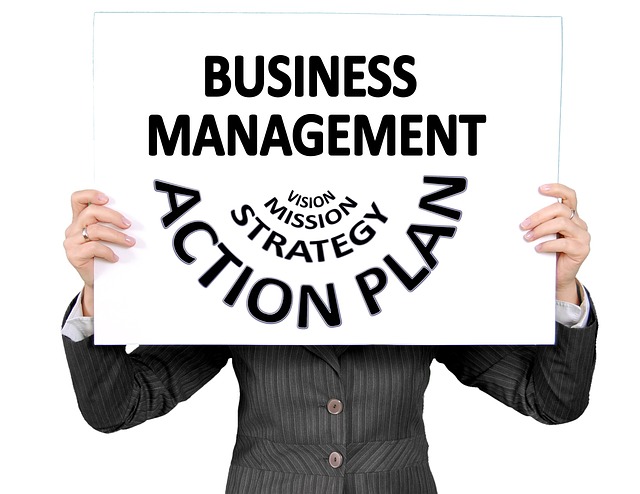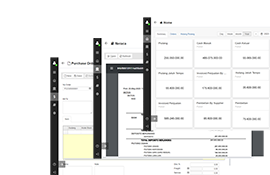
Photo credit: Pixabay
Business Plan: Definition, Benefits, and How to Create
A business plan or business plan is a business plan set forth in a document, containing plans, products or services, sales, finance and management strategies for new or existing businesses.
Table of Contents:
What are the benefits of a business plan?
A business plan has the main benefit of identifying, describing and analyzing opportunities for a new business or an existing business, from a technical, economic, financial and feasibility perspective.
A good business plan can help give entrepreneurs a clear picture of achieving goals, seeing opportunities or risks, and developing strategies to maximize profits while reducing risks.
A business plan makes it easier for entrepreneurs to find sources of funding, especially with clear plans, projections and business goals. And as the business goes on, the business plan allows tracking progress and making necessary adjustments.
How to make a business plan
Some of the main components of a business plan are as follows:
1. Business summary
This section is the opening of the business plan, and also the closing at the end of the business plan. Contains conclusions for the overall business plan and an outline of the business plan consisting of the business concept, target market, competitors, financial projections, and the management team. The business summary must be written clearly, precisely, and attractively to get the attention of potential investors or borrowers.
2. Overview
Overview provides an overview of the business, including history, mission, and goals. This includes the products or services offered by the business, the target market and business competitors. This section should also describe the unique business values, how to differentiate from the competition, and key aspects of the business.
3. Market analysis
This section consists of an analysis of the industry, targets and competitors in the market. Including market size, trends, and future growth potential. Market analysis also includes target or customer segments, such as demographics and buying habits, which provide a clear understanding of the industry and market.
4. Sales and marketing plan
Explain how the business will market its products or services, information about prices, promotions and distribution channels. It also includes sales strategies in finding prospects and closing.
5. Operational plan
This section provides information on day to day business operations, production processes, locations, and required tools. This includes business logistics information or how products get to customers and inventory management.
6. Management team
This section describes the team members, their respective duties and responsibilities, as well as the background, experience and qualifications of the main management team. This section also provides the organizational structure of the business, and how the management team works together to achieve goals.
7. Financial projections
This section contains projections about business finances, including projected income, balance sheets and cash flow reports. Also included is funding information from the start and growth of the business, and how the business generates revenue.
8. Supplement
This additional section provides information that is also important and supports the business plan, such as CVs from management members, copies of lease agreements, or other documents.
In conclusion, a business plan is a document that is constantly reviewed and updated in line with ongoing business and changing market conditions. Please note that the contents of a business plan differ depending on the type of business, industry and the use of the business plan.






